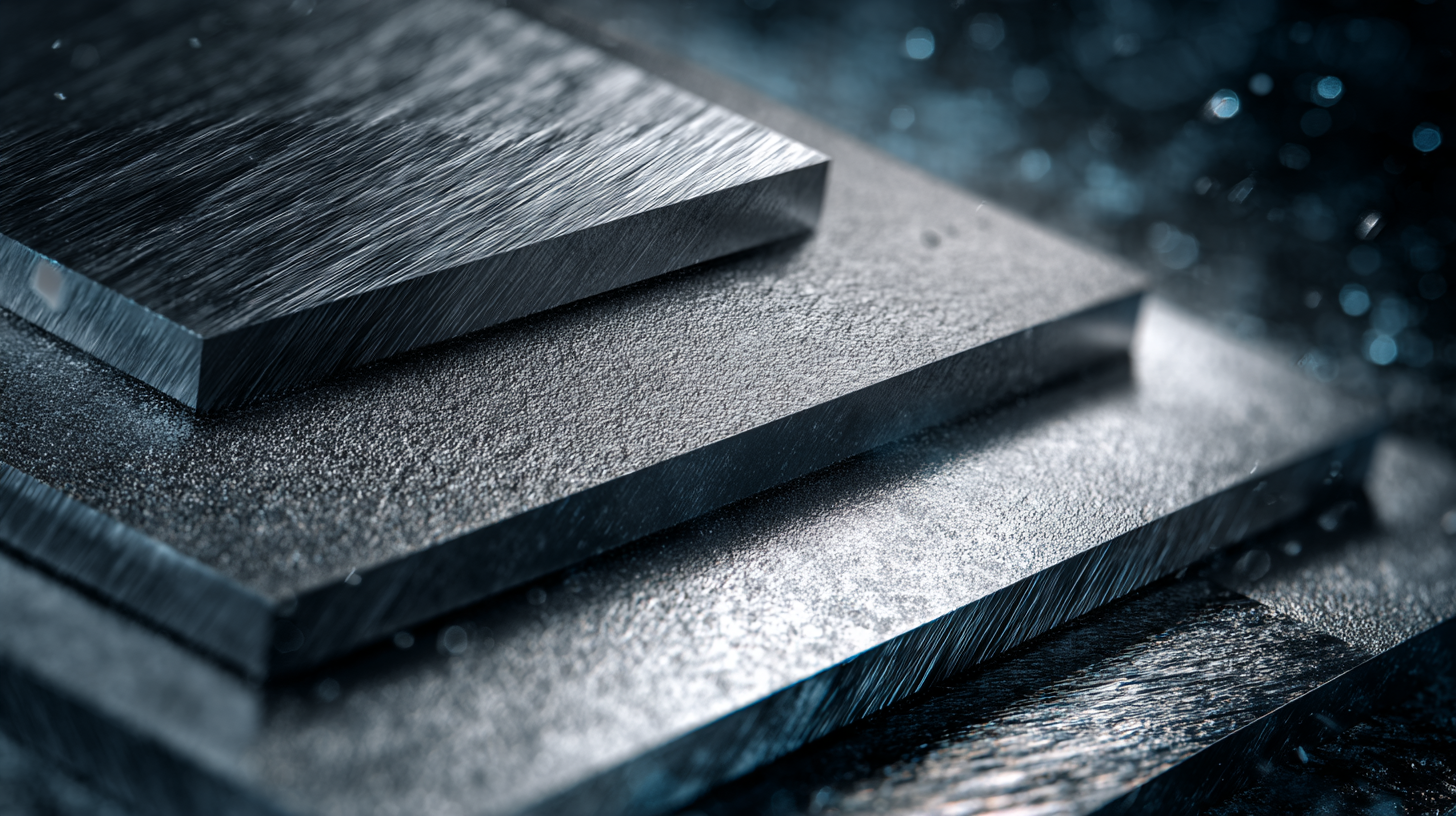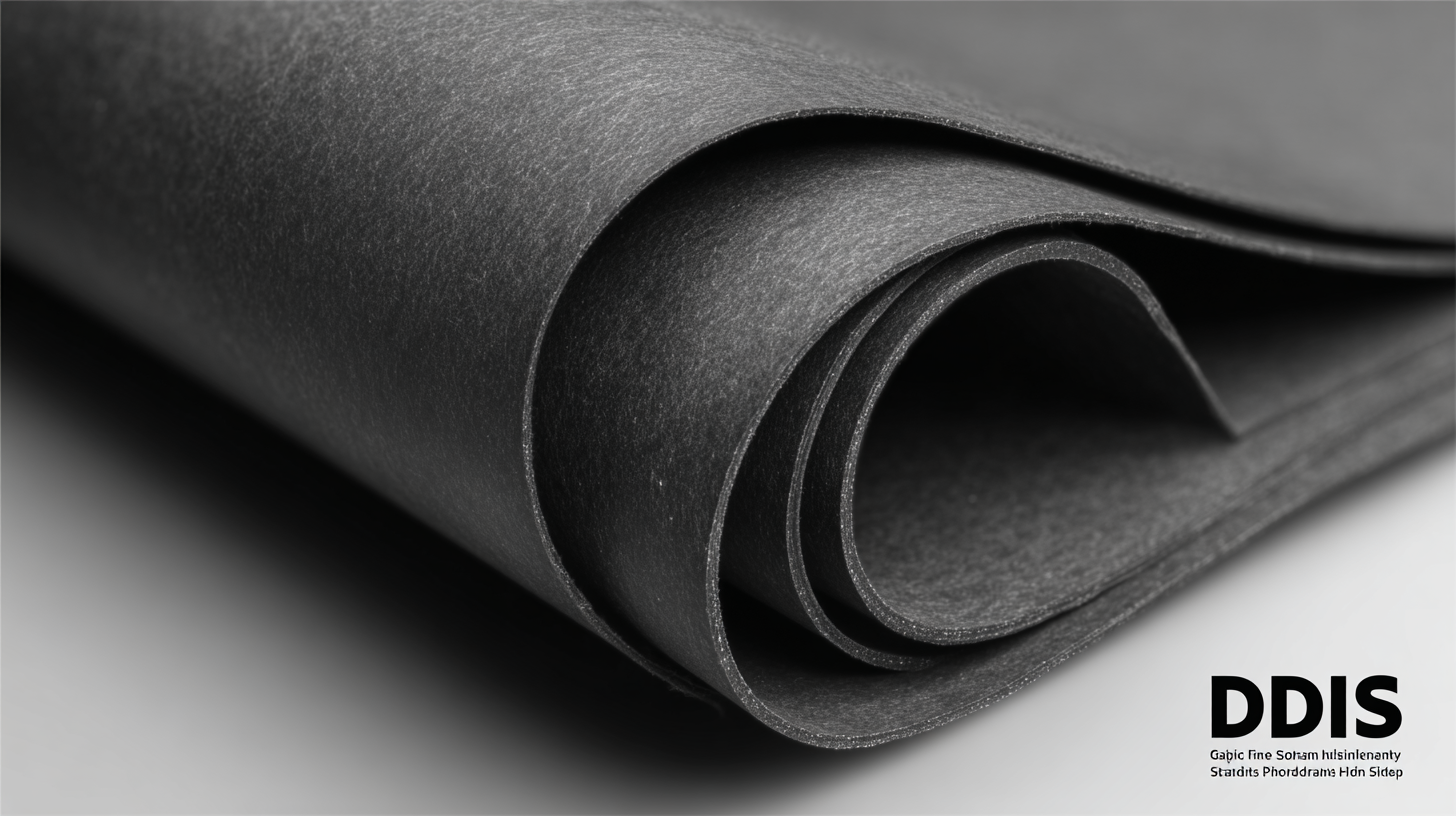Understanding Industry Standards and Reasons Behind the Best Graphite Thermal Sheet Selection
In today's rapidly evolving technology landscape, thermal management remains a critical aspect for maintaining optimal performance in electronic devices. Among the various solutions available, the Graphite Thermal Sheet has emerged as a preferred choice due to its superior thermal conductivity and reliability. According to a report by Markets and Markets, the global thermal interface materials market is projected to reach $3.5 billion by 2025, driven by the rising demand for efficient thermal management solutions across sectors such as electronics and automotive. Notably, graphite thermal sheets stand out not only for their excellent heat dissipation properties but also for their lightweight and flexibility, making them ideal for compact electronic designs. As the industry continues to push for innovative materials that can meet stringent performance standards, understanding the underlying factors influencing the selection of graphite thermal sheets is crucial for manufacturers aiming to enhance their product reliability while ensuring quality for a global market characterized by increasing competition and evolving standards.

Key Factors Influencing the Selection of Graphite Thermal Sheets
The selection of graphite thermal sheets is influenced by several key factors that determine their effectiveness in various applications. As the flexible graphite market is projected to grow from USD 0.35 billion in 2025 to USD 0.45 billion by 2030, with a CAGR of 5.5%, understanding these factors is crucial for optimizing performance. Notably, thermal conductivity, thickness, and mechanical properties play significant roles in the selection process, enhancing the efficiency of thermal management systems.
When selecting graphite thermal sheets, it is essential to assess the specific requirements of your application. Tips for making an informed choice include evaluating the thermal conductivity rating—higher values typically indicate better heat dissipation—and considering the mechanical strength of the material to ensure durability in challenging environments. Additionally, the compatibility of the graphite sheet with other materials used in electronics or construction should not be overlooked to avoid performance issues.
Ultimately, as industries continue to evolve, the demand for advanced thermal management solutions will only increase. The projected growth of the expandable graphite market, from USD 0.29 billion in 2025 to USD 0.42 billion by 2030 at a CAGR of 7.4%, underscores the importance of selecting high-quality graphite thermal sheets to meet both current and future thermal management challenges. Prioritizing these factors will not only optimize operational efficiency but also contribute to the sustainability of thermal systems.
Graphite Thermal Sheet Selection Factors
Understanding the Role of Industry Standards in Thermal Management
In the realm of thermal management, industry standards play a vital role in guiding the selection and application of graphite thermal sheets. According to a recent report by MarketsandMarkets, the thermal management market is projected to reach $19.74 billion by 2025, driven largely by the increasing demand for efficient thermal solutions across various industries, including electronics and automotive. Compliance with industry standards, such as ASTM D5470 for thermal interface materials, ensures that these sheets meet the necessary thermal conductivity and reliability requirements essential for optimal performance.
The significance of these standards extends beyond mere compliance; they provide a framework for evaluating the effectiveness of thermal management materials. For instance, a study highlighted in the Journal of Electronics Cooling and Thermal Control noted that materials meeting or exceeding a thermal conductivity of 30 W/m·K significantly improved heat dissipation in high-performance electronics. As applications become more demanding, understanding how these standards impact material selection is crucial for developers and engineers aiming to enhance product longevity and operational efficiency.
Understanding Industry Standards and Reasons Behind the Best Graphite Thermal Sheet Selection
| Material Type | Thermal Conductivity (W/m·K) | Thickness (mm) | Max Operating Temperature (°C) | Applications |
|---|---|---|---|---|
| Graphite Thermal Sheet A | 150 | 0.5 | 300 | Electronics, LED Lighting |
| Graphite Thermal Sheet B | 200 | 1.0 | 250 | Automotive, Power Supply |
| Graphite Thermal Sheet C | 120 | 0.3 | 350 | Telecommunications, consumer electronics |
| Graphite Thermal Sheet D | 175 | 0.8 | 280 | Industrial Equipment, HVAC |
Comparing Graphite Thermal Sheets: Types and Their Applications
When selecting graphite thermal sheets, it’s essential to understand the diverse types and their specific applications in various industries. Among the most common types are flexible graphite sheets, which are known for their excellent thermal conductivity, typically ranging from 300 to 600 W/m·K. According to a report by Grand View Research, the global thermal management material market is projected to reach USD 15.8 billion by 2025, indicating a growing demand for efficient thermal solutions in electronics and automotive sectors.
In electronics, high-performance graphite sheets are crucial for dissipating heat in compact devices like smartphones and laptops. These applications demand materials that not only exhibit high thermal conductivity but also provide mechanical reliability under various temperatures. Moreover, in the automotive industry, graphene-based thermal sheets are increasingly utilized for battery management systems, where temperatures can surge during operation. Research shows that utilizing graphene in thermal management can enhance thermal performance by up to 30%, making it a game-changer for electric vehicles. Each type of graphite thermal sheet offers unique properties that cater to specific industry needs, driving innovation and efficiency in thermal management solutions.
Evaluating Performance: Key Metrics for Graphite Thermal Sheet Efficiency
When evaluating the efficiency of graphite thermal sheets, several key performance metrics come into play. Thermal conductivity is perhaps the most critical attribute, typically measured in Watts per meter Kelvin (W/mK). According to a report by Technavio, high-performance graphite thermal sheets can achieve thermal conductivities exceeding 1000 W/mK, making them essential for advanced electronic applications requiring efficient heat dissipation. This elevated thermal conductivity not only enhances the longevity and reliability of electronic components but also allows for compact designs without compromising performance.
Another important metric to consider is the thermal impedance, which indicates how well a material resists heat flow. Lower thermal impedance values correlate with better heat dissipation capabilities. A study published in the Journal of Electronic Materials highlights that top-tier graphite sheets can have thermal impedance values below 0.2 °C-in²/W. This ensures that excess heat is effectively managed, preventing thermal accumulation and potential device failures. Furthermore, thickness and surface roughness play vital roles in optimizing contact with heat sources, reinforcing the need for thorough evaluation when selecting materials for critical thermal management applications.

Tips for Choosing the Right Graphite Thermal Sheet for Your Needs
When selecting the right graphite thermal sheet, understanding your specific needs and application's requirements is crucial. One of the first considerations should be the thermal conductivity rating of the sheet. Higher thermal conductivity ensures efficient heat transfer, which is essential in applications where overheating can lead to component failure. Evaluate your project's temperature range and the materials involved to determine the optimal conductivity level.

Another important factor to consider is the thickness and mechanical properties of the graphite sheet. Thicker sheets can provide better cushioning and conform to uneven surfaces, while thinner options may be suitable for tighter spaces. Moreover, assess the sheet's durability and resistance to environmental factors such as moisture or chemicals, which can affect performance over time. By matching the thermal sheet specifications to your application demands, you can enhance the reliability and effectiveness of your thermal management solutions.